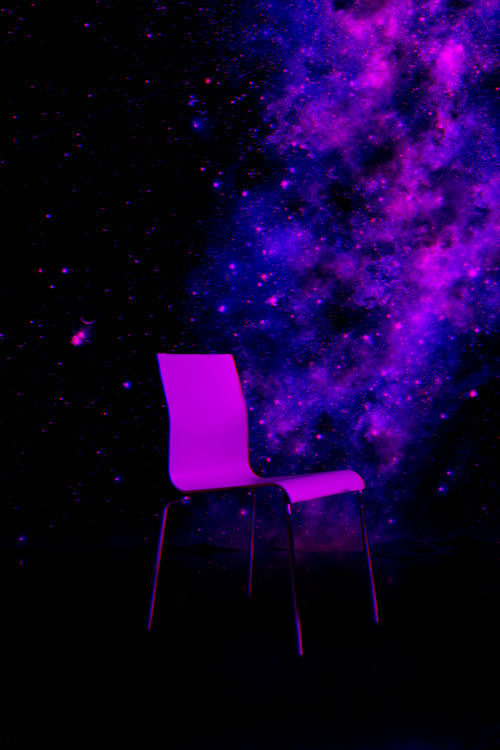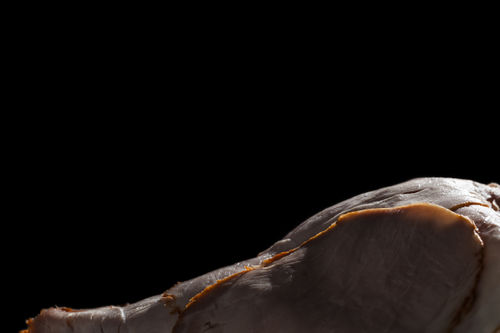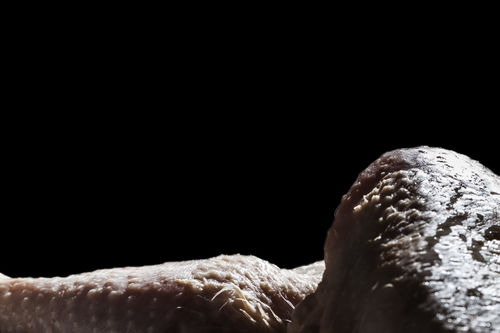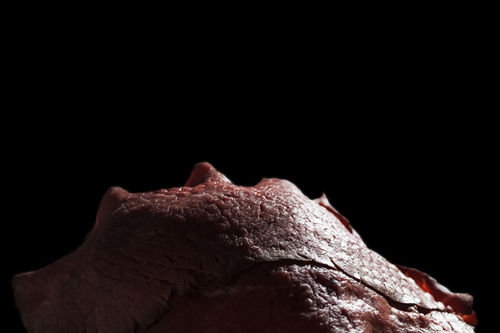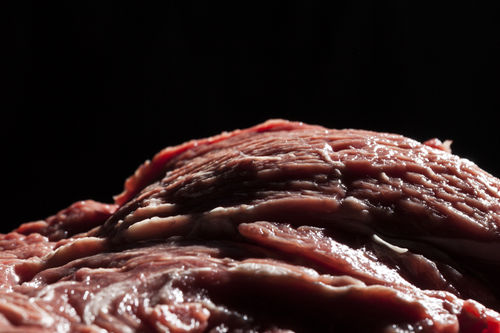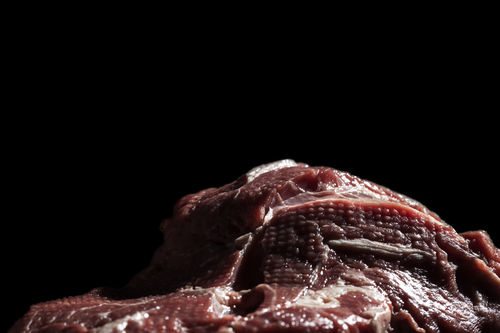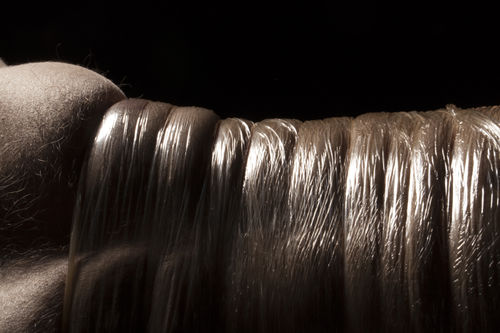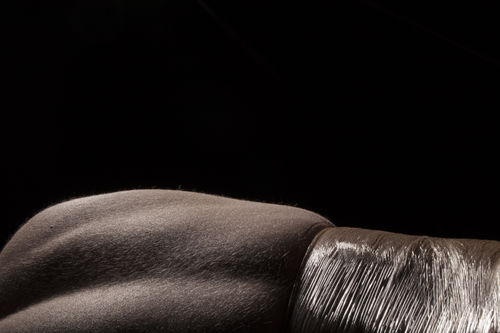User:Annalystad
Writing Methods
File:Writing 1st assignment.pdf
Flusser Interview Osnabrück (European Media Art Festival 1988)
Flusser is talking about how the alphabet is technology and the way of thinking that comes with it. He is discussing how linguistic communication is no longer transmitting thoughts and concepts which we have considering the world, and how it is not sufficient to describe it with words.He is stating to rather to describe it with synthetic images which comes from numbers, turned into digital codes. Before the alphabet was invented 3500 years ago, looking at images was the only way of looking at the world, a mythical way. After the invention of the alphabet a new linear way of looking at history came in to place. Flusser also explains how functional and structural complexity relates to the worlds development in the sense of communication and thinking.Functional complexity such as a chess board challenges creative thought while structural complexity like a TV can be easy to use and therefore it relies on the user to apply thought it to the TV. He is stating that every revolution such as the neolithic revolution, bronze age or the iron age has been a technical revolution that simulated the body, however the revolution we are in today simulates our nervous system.
McLuhan Interview after a conference in Sydney, Australia.
McLuhan is describing the technological revolution with the media being the message, that every media is an extension of the human nervous system — such as a phone is an environment where the nervous system is extended through it. To read, means to guess — and the nature of reading is rapid decision making in the sense of guessing what the word really means. Just like any artist is trying to create and effect, to catch someones attention by guessing what it means or what it means to them personally. McLuhan is also discussing violence, meaning self expression. He explains how in the search for identity you encounter violence such as encounters which changes things and how sport is a violence in the community and that without and audience these games would be meaningless in the same sense that searching for identity without encounters is also meaningless.
__________________________________________________________________________________________________________________________________________________________________________________________________________________________________
Research
Oral Performance Artist - Sex and Surgery
Peter Kahn - Human Interaction With Nature
Thematic Project
Notes
'Now, when the question is whether something is beautiful, we do not want to know whether anything depends or can depend on the existence of the thing, either for myself or anyone else, but how we judge it by mere observation (intuition or reflection). … We easily see that, in saying it is beautiful, and in showing that I have taste, I am concerned, not with that in which I depend on the existence of the object, but with that which I make out of this representation in myself. Everyone must admit that a judgement about beauty, in which the least interest mingles, is very partial and is not a pure judgement of taste.' (Kant 1790, section 2) (http://plato.stanford.edu/entries/beauty/)
Kristeva Reframed - Estelle Barrett
“In a world immersed in readymade images, consumer advertising and the bureaucratised language of institutions, Kristeva’s work explains how art or aesthetic experience is one of the few means by which we can generate and access images that are linked to our vital and lived experiences and that have the capacity to engender personal, political and social renewal. For Kristeva art or aesthetic experience is a practice that constitutes both a subject ( A sense of self), as well as an object that has the power to transform meaning and consciousness. She views the production of a work of art as continuous with the production of the life of the individual, as a dynamic and performative process that moves between and across embodied experience, biological processes and social and institutional discourses. ” (Barrett, Introduction)
Reding List:
Jones, Amelia. "Postfeminism, Feminist Pleasures, and Embodied Theories of Art," New Feminist Criticism: Art, Identity, Action, Eds. Joana Frueh, Cassandra L. Langer and Arlene Raven. New York: HarperCollins, 1994. 16–41, 20.
Kahn D. 2013. Earth Sound Earth Signal, Energies and Earth Magnitude in the Arts, University of California Press, USA
Gerds H, 2004, Living Beyond the Gender Trap: Concepts of Gender and Sexual
Prototyping
Images
Meat
Body

